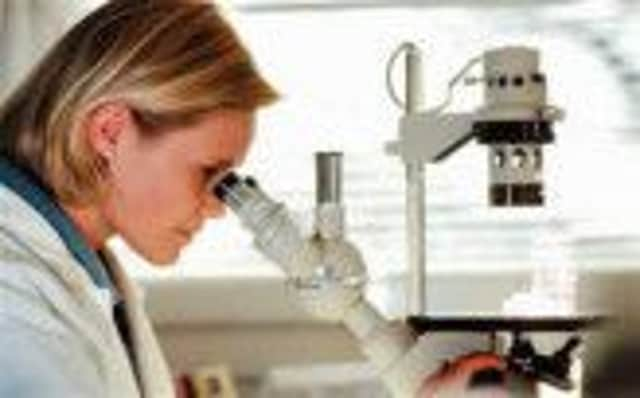Prostate and Ovarian cancer most prevalent in Mid Ulster
This article contains affiliate links. We may earn a small commission on items purchased through this article, but that does not affect our editorial judgement.


Latest research published by Queen’s University in conjunction with the Northern Ireland Cancer registry has revealed the numbers of people living with cancer, the numbers of new cancer deaths and the types of cancer prevalent in each area.
The figures based on cancer patients diagnosed between 2008-2012, revealed that Prostate and Ovarian Cancer are the two with significantly higher incidence rates in Mid-Ulster.
Advertisement
Hide AdAdvertisement
Hide AdMeanwhile Lung cancer, Head and Neck cancer and non-melanoma skin cancer have significantly lower incidence rates in this area.
According to the figures, the average number of cases of cancer diagnosed per year during 2008-2012 was 775 in Mid-Ulster.
The figures are further broken down by sex with on average 424 cases being male in Mid-Ulster and 351 cases of females diagnosed per year.
On average between 2008 and 2012, 250 people in the Mid-Ulster area died from cancer, this figure makes up around 6 per cent of the annual average of the total number of cancer deaths in Northern Ireland.
Advertisement
Hide AdAdvertisement
Hide AdIn the Mid-Ulster district, on average there were 205 case of non-melanoma skin cancer diagnosed between 2008-12, while testicular, liver and cervix cancer were less prevalent with on average 7 cases of each diagnosed.
Lung cancer claimed the most lives of people in Mid-Ulster diagnosed with cancer, with on average 52 deaths per year from lung cancer. Cervix and Uterus cancer claimed the least lives in this area with on average 2 deaths per year for each.
Cancer can develop as a result of factors related to environment, lifestyle and heredity. While our current understanding of the causes of cancer is incomplete, many risk factors that increase the possibility of getting cancer have been identified.
These include: age; history of cancer in the family; tobacco use; excessive alcohol consumption; lack of balanced diet, in particular insufficient consumption of fruit and vegetables; obesity and/or lack of physical activity.
Advertisement
Hide AdAdvertisement
Hide AdMany of these risk factors can be avoided however others, such as age and inherited risk factors, are unavoidable.
Of the avoidable factors some, such as tobacco use, can increase the risk of getting particular cancers by a significant amount while others increase the risk only by a slight margin.
Cancer Research UK and Weight Concern have joined forces to develop Ten Top Tips for a healthy weight.
Following Ten Top Tips can help you to lose weight safely and avoid putting on more weight.
Further details on the risks and protective factors for each of the main cancers and the top ten tips for a healthy weight can be found on the Cancer Research UK website at www.cancerresearchuk.org